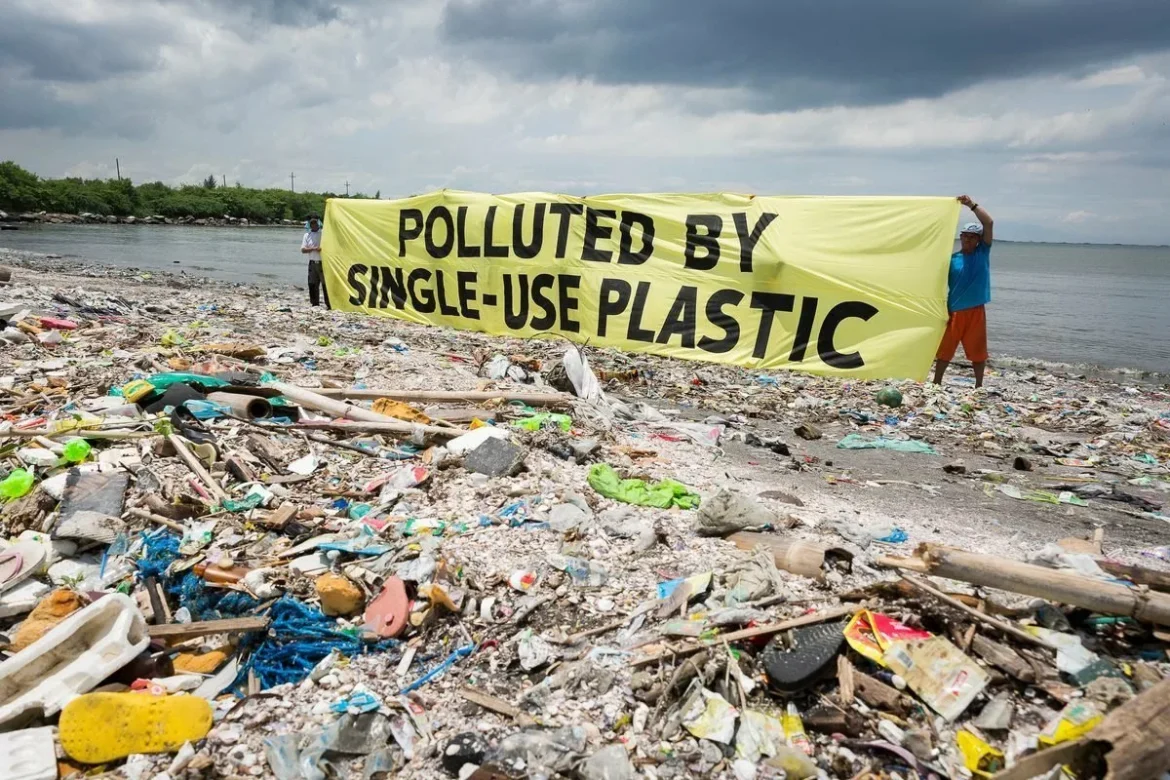Marine animals often mistake plastic for food, leading to injury, starvation, and death. Coral reefs and seabirds are also affected by entanglement and ingestion.
Advertisement
Microplastics — tiny fragments less than 5 mm long — are especially concerning. Found in cosmetics, clothing fibers, and degraded packaging, they’re now present in soil, water, and even human blood and lungs, with unknown health implications.
Solving the plastic crisis requires a multi-layered approach: reducing plastic production, improving waste management systems, banning single-use plastics, and developing biodegradable alternatives. Consumer behavior also plays a key role. Choosing reusable products, avoiding unnecessary packaging, and supporting eco-conscious brands can reduce personal plastic footprints.

